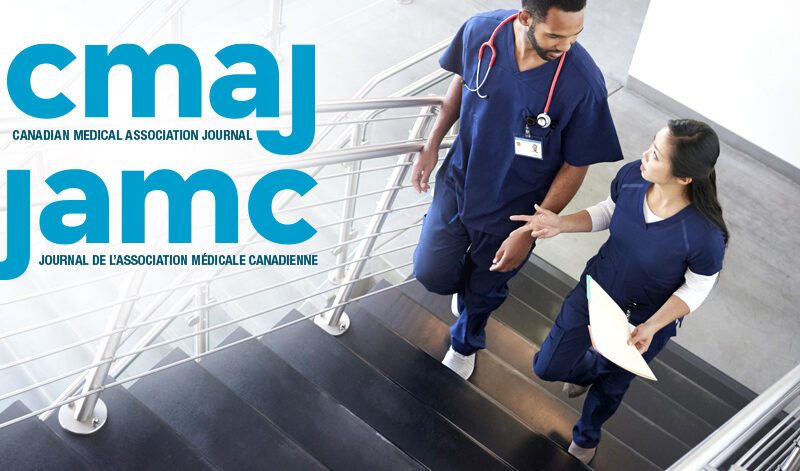Bedbugs | CMAJ

A resurgence in bedbugs is a result of increased travel and insecticide resistance
Many bedbug populations are resistant to pyrethroid, a chemical contained in most currently used insecticides.1 Bedbugs multiply exponentially, with thousands of bugs per infestation after 2–3 months.2
Bites can be difficult to identify
Bedbugs feed at night, primarily on areas not covered by clothing. Itchy, erythematous maculopapular lesions, 2–5 mm in diameter, usually appear within 24–48 hours.1,2 Less common presentations are wheals, linear lesions, bullae and vesicles.1,2 Bedbugs live in crevices of furniture and mattresses and are difficult to spot (Appendix 1, available at www.cmaj.ca/lookup/doi/10.1503/cmaj.221454/tab-related-content).2 Many people do not know their home is infested. Some people, particularly older adults, may not develop any skin reaction to bites.1
Symptom management is important until the infestation is eradicated1,2
Antihistamines and topical steroids may help pruritus. Psychological effects, including anxiety, insomnia, social isolation and stigma, are common.1–3 Lesions resolve within 1–2 weeks after eradication.1,2
Eradication requires a combination of chemical and mechanical methods1–3
Patients should be given information on physical control of bedbugs, including vacuuming, steaming, freezing, washing and drying of clothing and bedding, as well as bagging belongings.4 Despite resistance, insecticides can reduce bedbug biomass.2 Desiccant dusts dehydrate bugs and can be part of a bedbug control strategy.1,2,4 Older adults and people with disabilities often require practical support for successful eradication.3
Simple precautions and use of personal protective equipment can reduce the risk of picking up bedbugs5
Bedbugs do not fly or jump and have to hitch a ride to travel. Tips for visiting infested dwellings include wearing disposable shoe covers and clothing that can be put in a hot dryer, carrying minimal belongings, hanging bags and coats up high or in sealable plastic containers or bags, and bringing a stool or sitting only on hard chairs without cushions.5
This is an Open Access article distributed in accordance with the terms of the Creative Commons Attribution (CC BY-NC-ND 4.0) licence, which permits use, distribution and reproduction in any medium, provided that the original publication is properly cited, the use is noncommercial (i.e., research or educational use), and no modifications or adaptations are made. See: https://creativecommons.org/licenses/by-nc-nd/4.0/


